I fell in love with the original SIGMA 60-600mm DG HSM OS | Sports lens when it was introduced back in 2018. Not that my trusty SIGMA 150-600mm DG OS HSM | Contemporary lens didn’t excel at sports and action photos, but now, with the ability to shoot as wide as 60mm, I could use one lens to cover most outdoor action assignments. And for me specifically, this became the perfect lens for air shows. I loved that lens so much it was always in the car with me because it could transform any idea I had into a great photo.
Could perfection be improved upon? Of course it could if you’re SIGMA! In 2023, they introduced the new SIGMA 60-600mm F4.5-6.3 DG DN OS | Sports lens for Sony E-mount and Leica L-Mount… not just a lens specifically designed for mirrorless cameras, but with a new High-Response Linear Actuator (HLA) motor, and 6-7 stops of stabilization with what is called OS2.
And it is SO sharp.
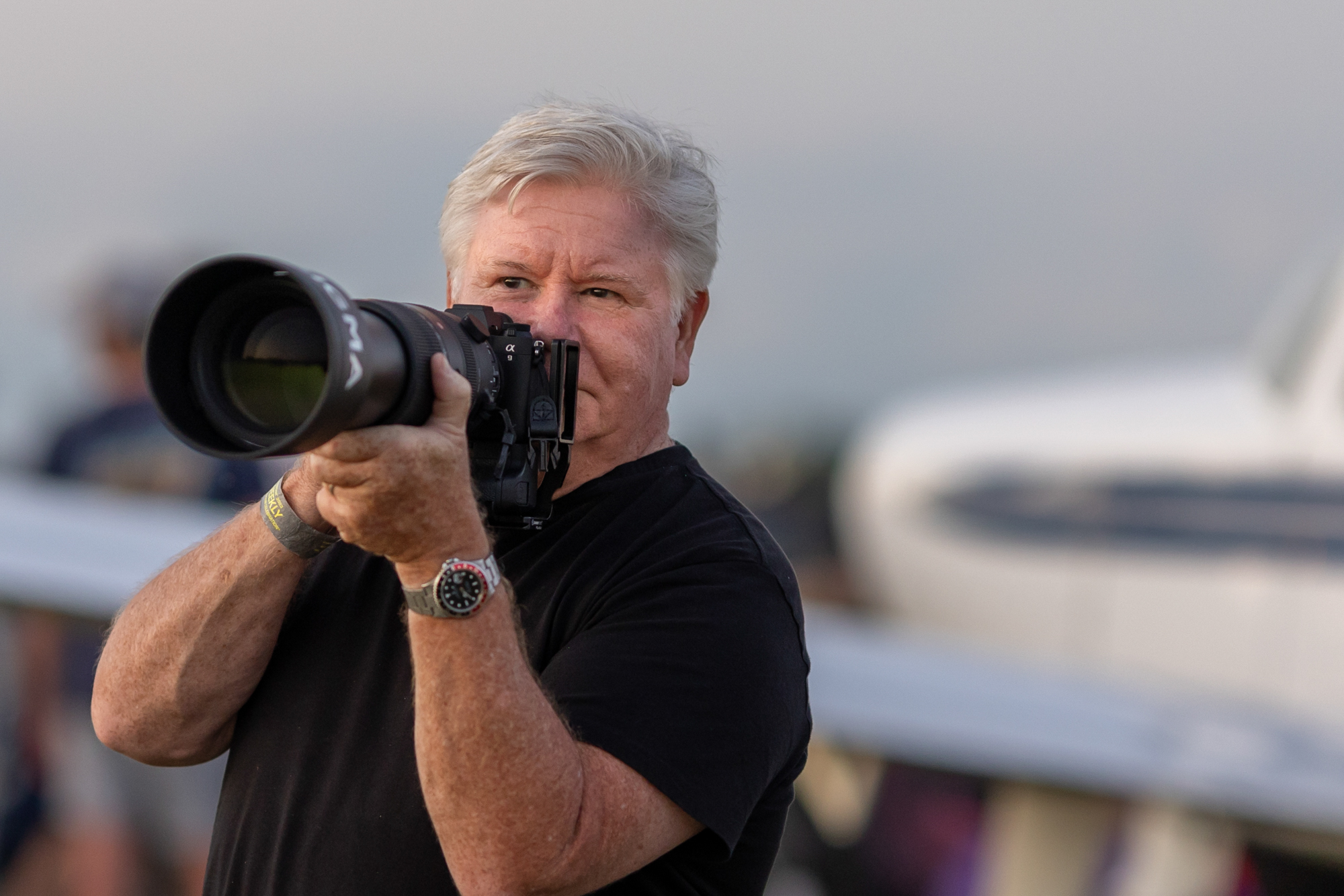
I first tried the lens on a trip to photograph airliners in Los Angeles in January and was so impressed by the performance that I put all my Canon camera bodies up for sale and switched over to Sony so I could use this lens for my air show coverage.

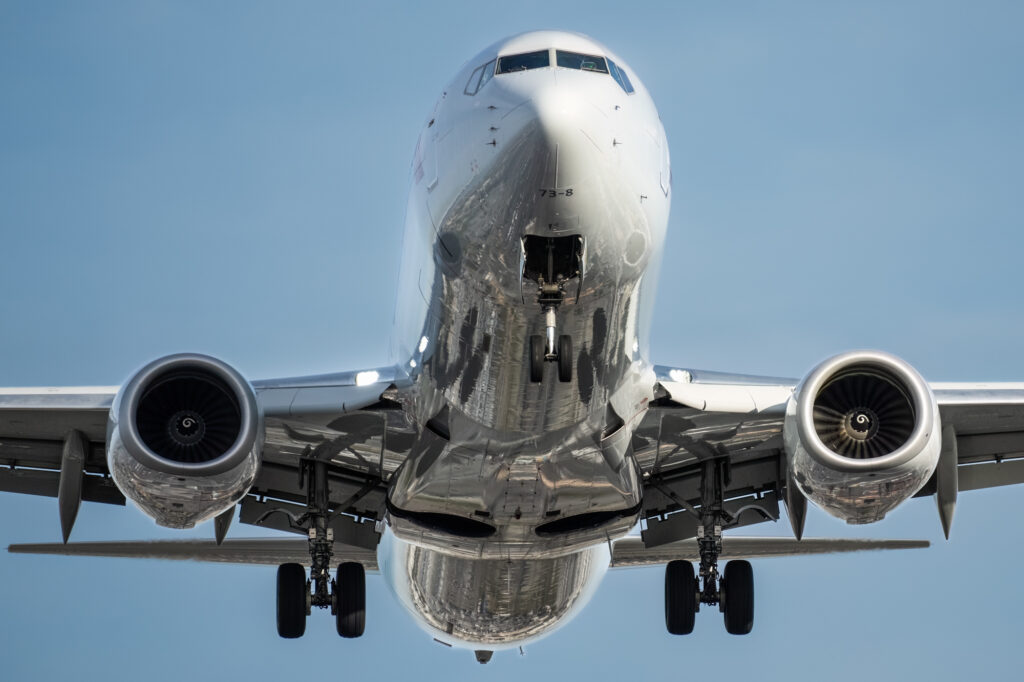
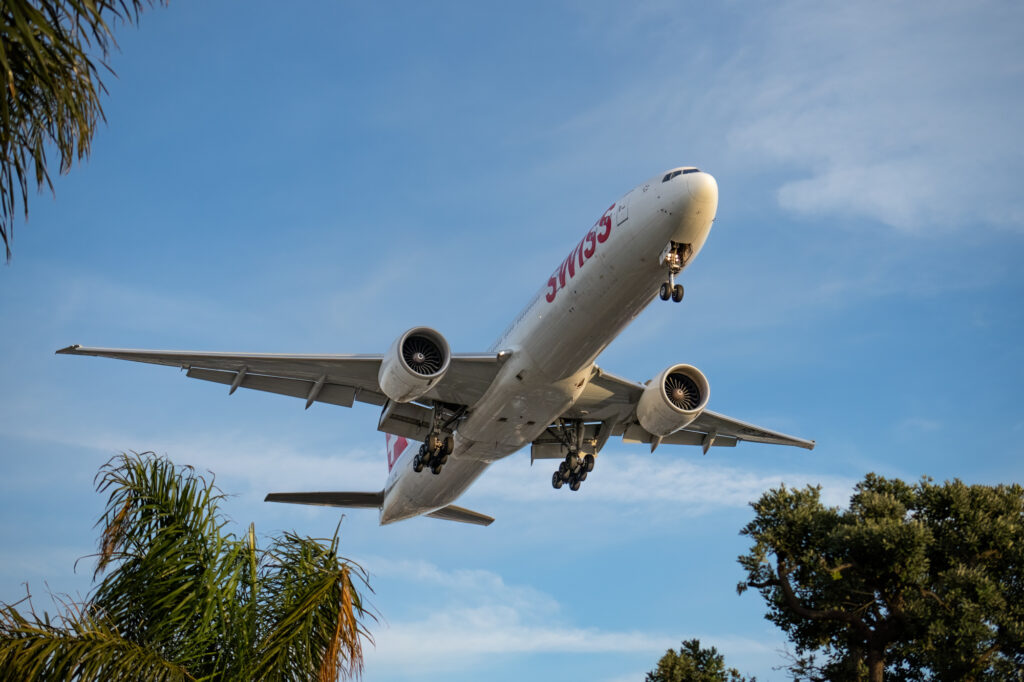
Taking the SIGMA 60-600mm F4.5-6.3 DG DN OS | Sports into the field
How does the 60-600mm DG DN OS | Sports actually perform at an air show? Well, I just used it daily for 9 days at EAA AirVenture Oshkosh to capture the event for several clients, and can say if an aviation photographer could only carry one lens to photograph an air show, this is the lens.
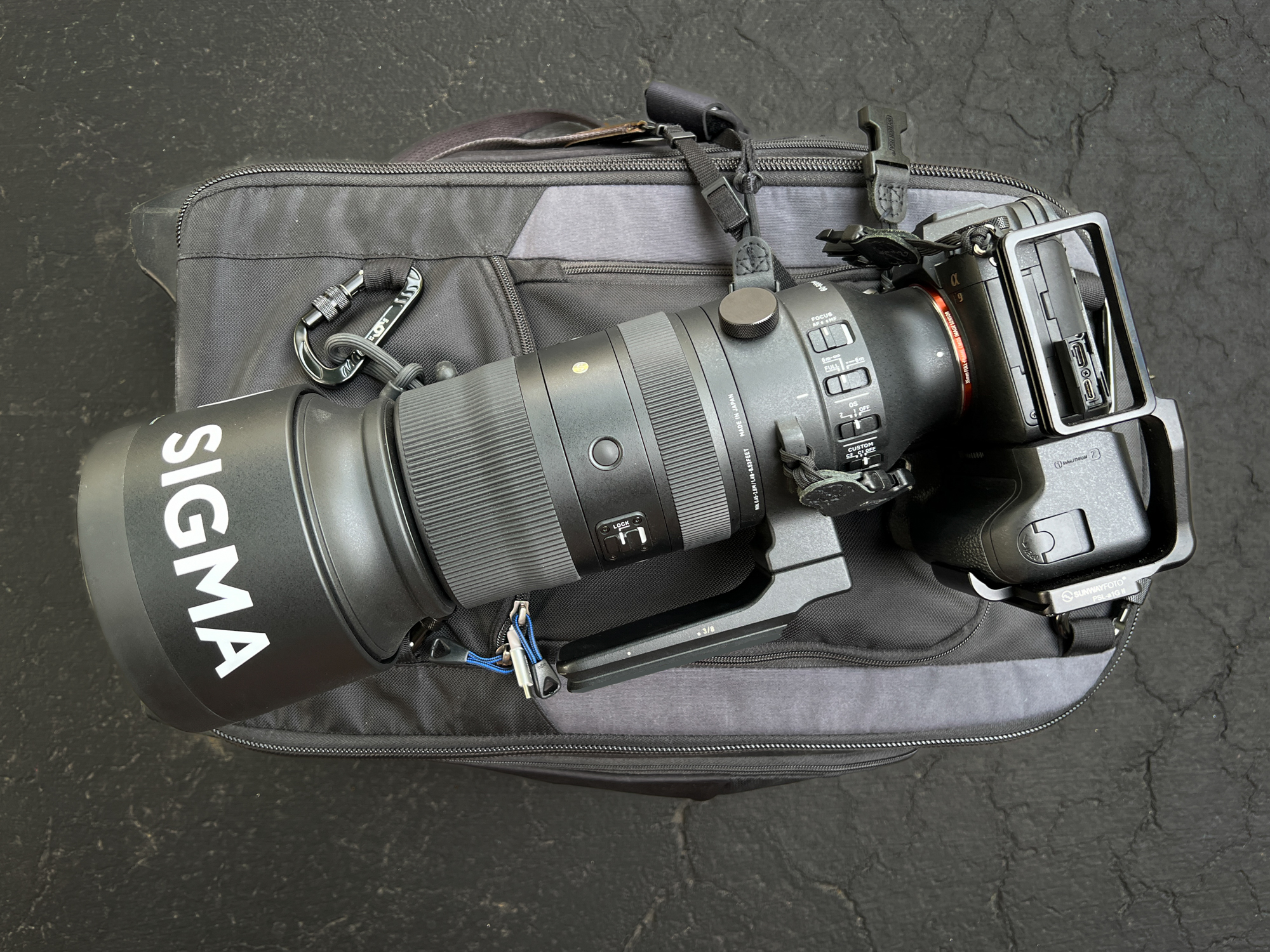
The first thing you find impressive about this lens is that it can capture just about any subject you want to photograph with its one-of-a-kind 10x zoom – not just air show planes flying past you, but portraits, detail shots with its magnification ratio of 1:2.4, and anything in-between.
The versatility of this lens is unmatched. And that is why I kept running into photographers on the grounds at Oshkosh who were carrying a SIGMA 60-600mm lens (either this one or the DSLR version).
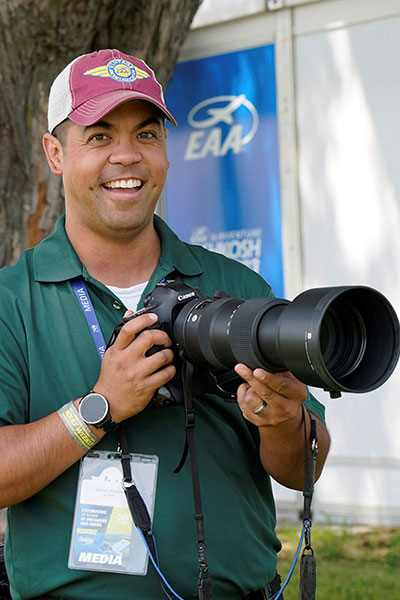
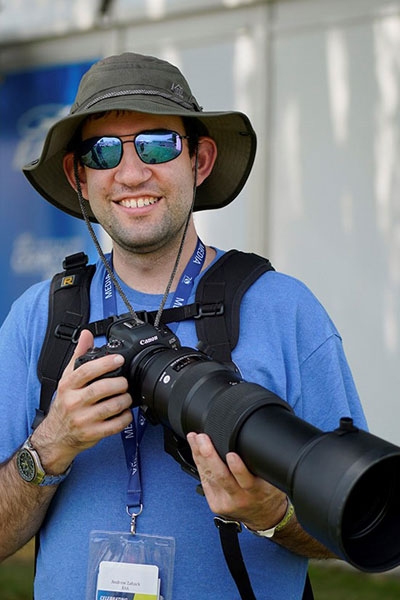



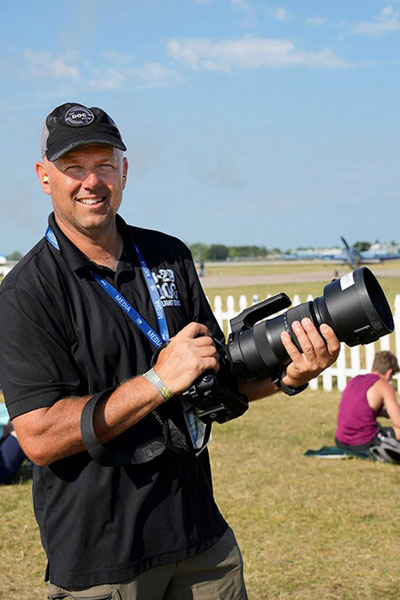
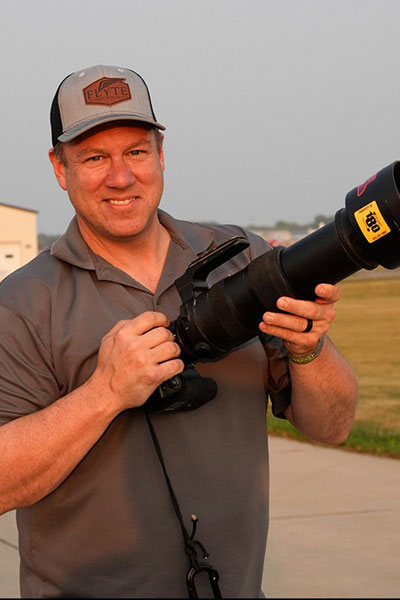
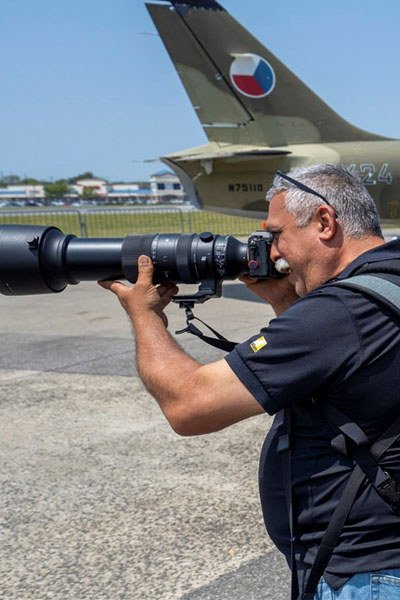
One advantage of this lens you might not think about right away is that just one lens on your camera means no dust on your sensor. Want to know why I mention that? 😄 Because I made the mistake of changing lenses outside on my first day at AirVenture and had a number of dust spots to remove in post. Air shows are often somewhat windy and dusty, so not having to change a lens is one of those hidden benefits. Not to mention this is a SIGMA Sports line lens, so it is completely dust and splash-resistant for use in tough conditions.
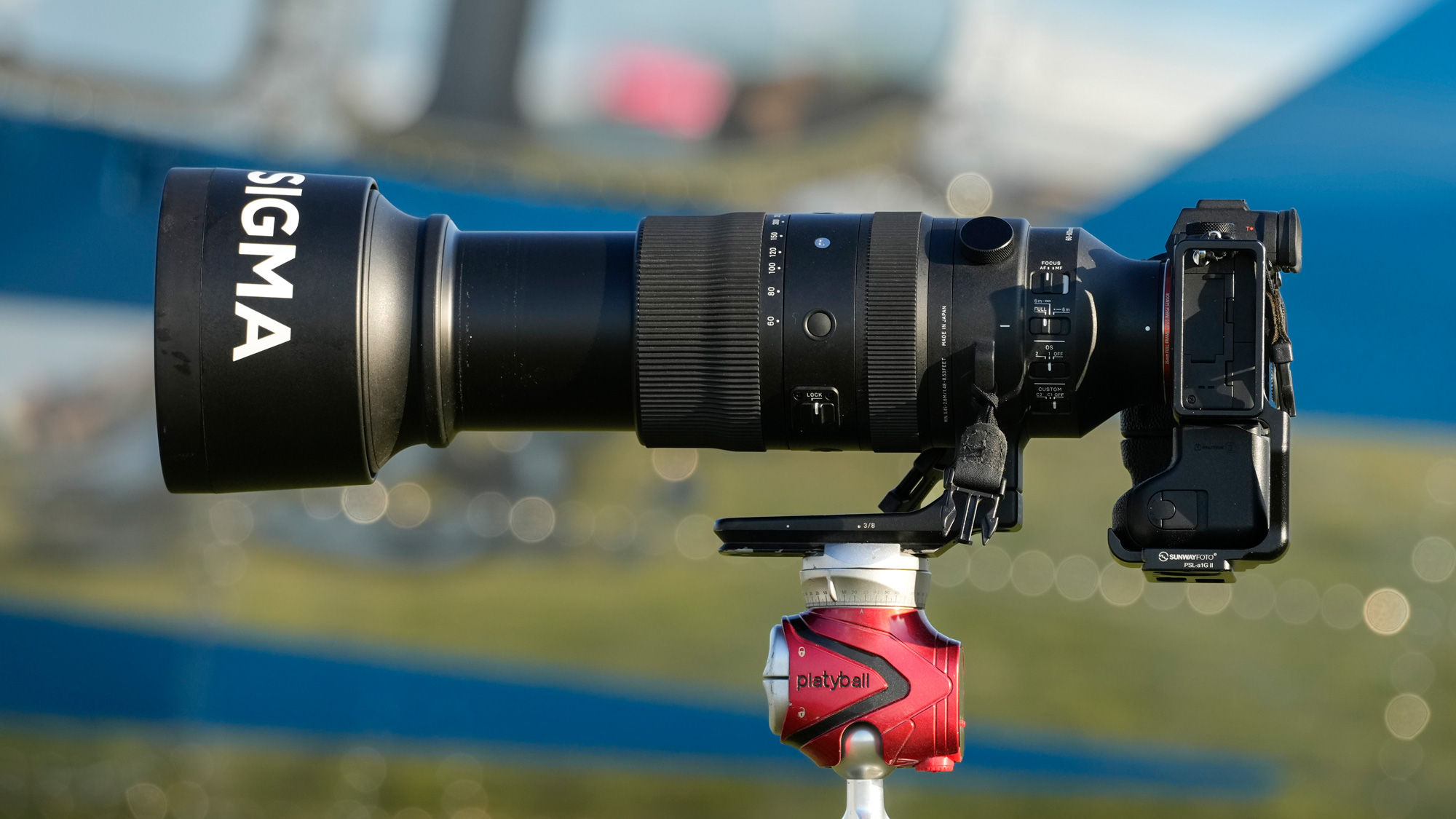
Photographing the world’s biggest air show with the 60-600mm DG DN OS | Sports
The first thing you think of when photographing at an air show is obviously the action in the sky. Here are a few examples from the EAA AirVenture 2023 to demonstrate what this lens is capable of – plus a few handy tips for your next air show experience.
A challenge for all aviation photographers is finding the correct shutter speed to have some propeller blur (see below examples) while still keeping the moving airplane in focus. I personally start out in shutter priority mode with a speed of 1/400 of a second. I set the OS switch to “2” which is designed specifically for panning (“1” is for general handheld shooting). After I get into the rhythm of panning along with the aircraft as it passes, I’ll start lowering my shutter speed so I can get more blur in the propeller.
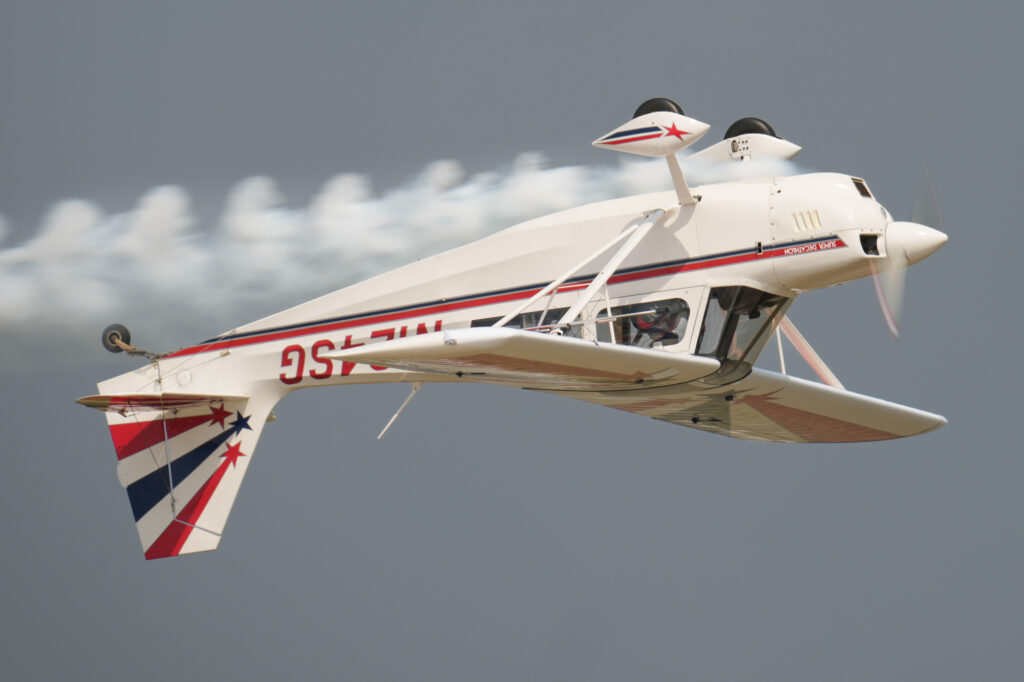
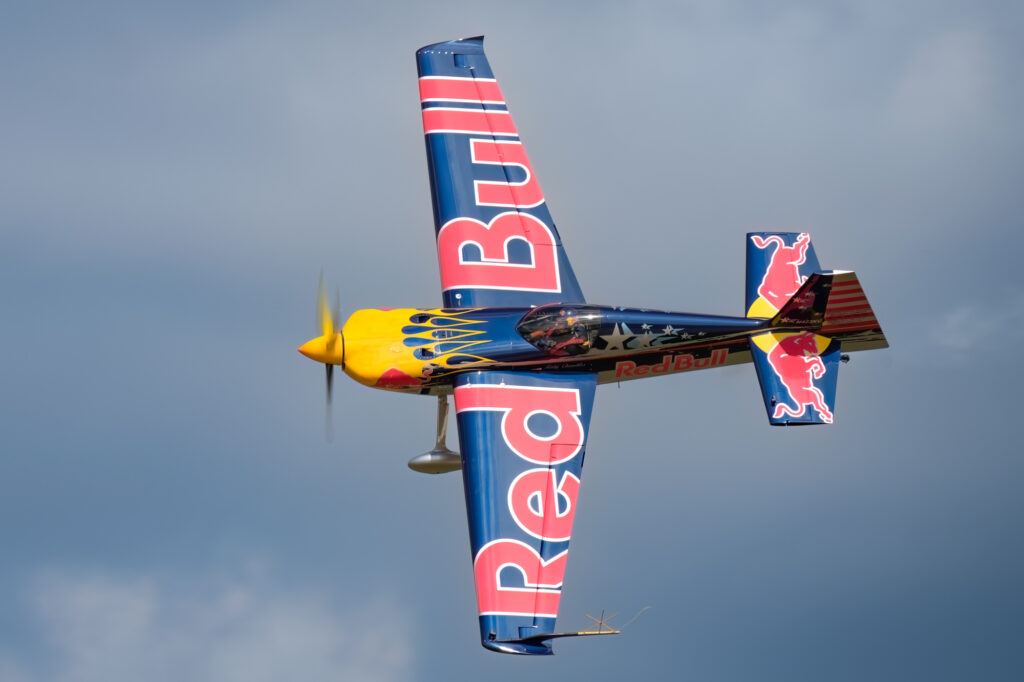
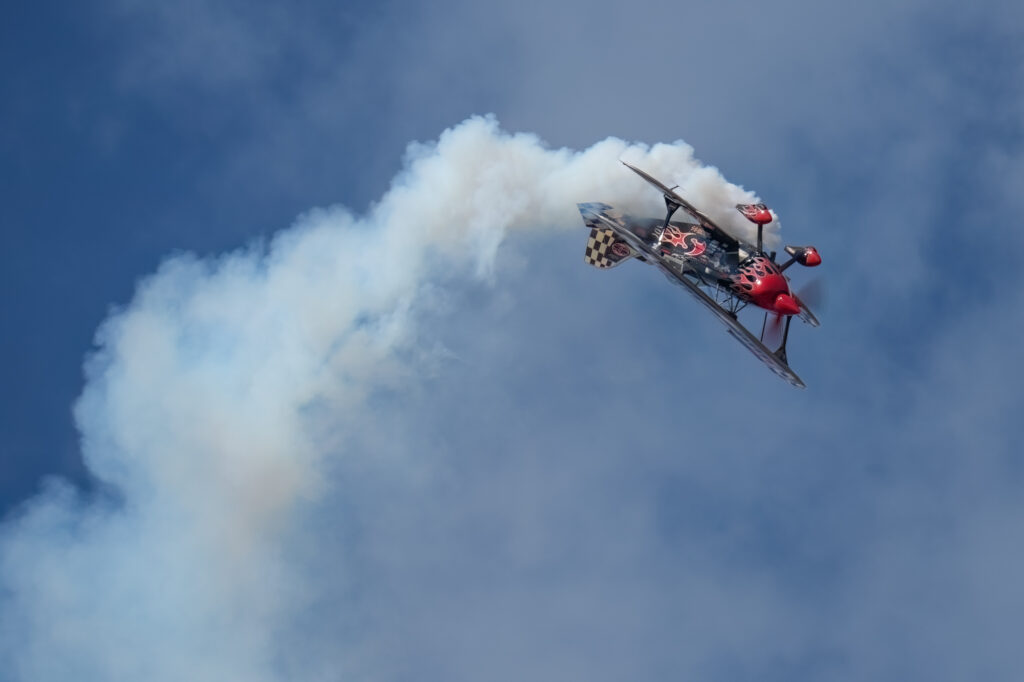
One thing to keep in mind is that even with great technique and a great stabilization system like SIGMA’s OS2, you are still playing a game of percentages to get razor sharp photos. It’s not the lens or the camera, but trying to follow the erratic movement of an airplane doing aerobatic maneuvers.
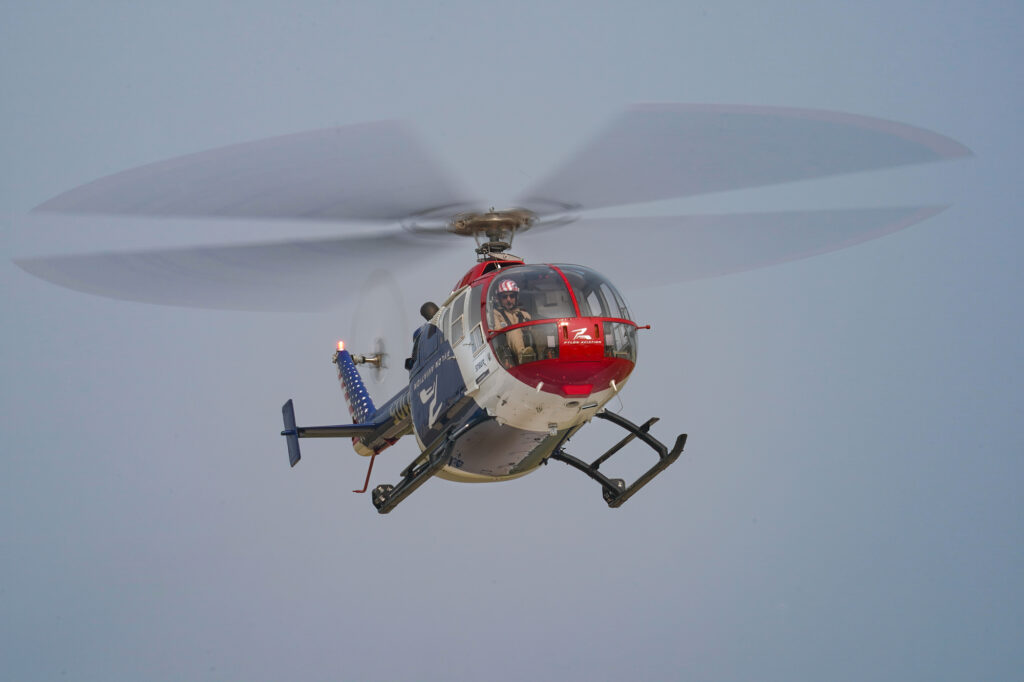
An equal challenge is when photographing jets flying by at 600mph. While you don’t have to worry about a propeller, you have to work extra hard just to keep the plane in your viewfinder. Luckily, this lens is well-balanced, so I feel comfortable following along with these incredibly fast aircraft. To make sure my shots are sharp, I use a shutter speed of 1/1250 up to 1/4000 of a second to make sure I freeze the action, plus the fastest frame rate my camera allows.
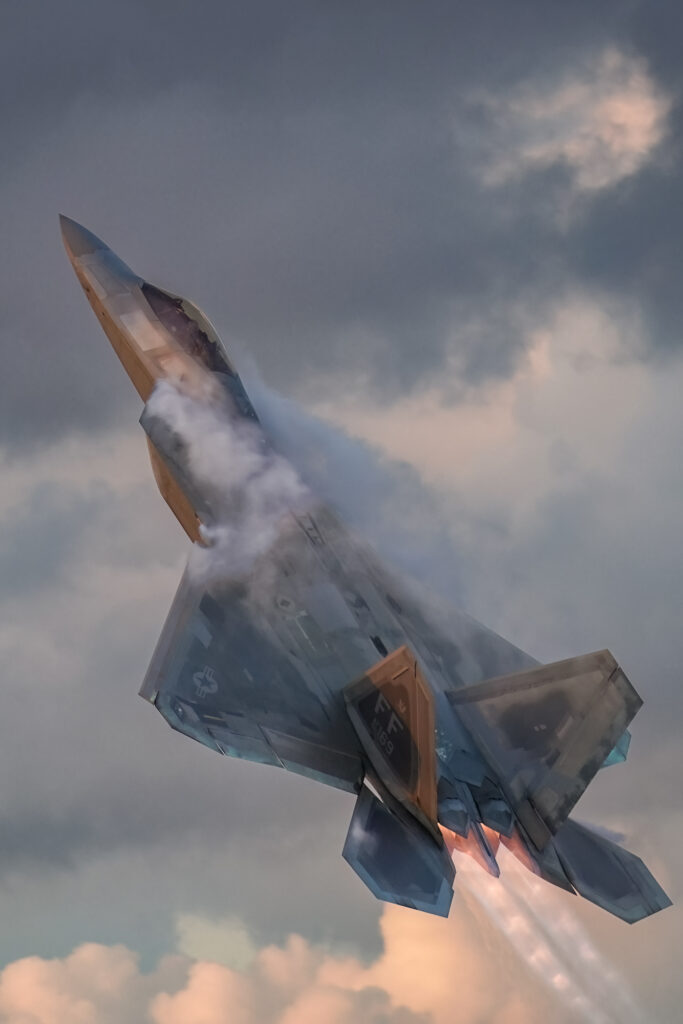
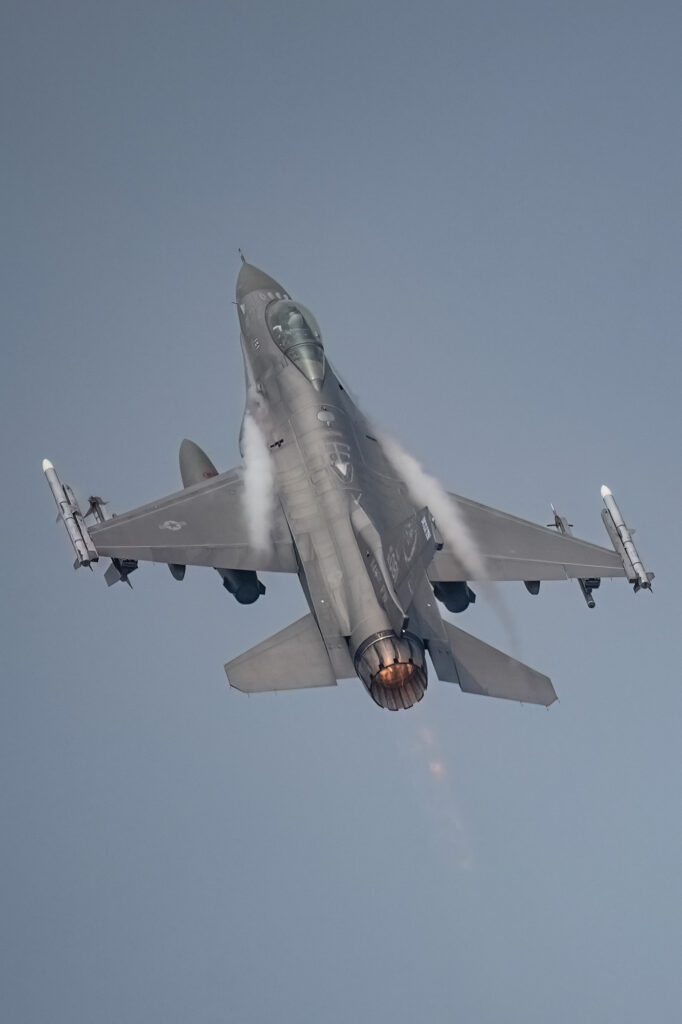

I can’t forget the obvious benefit of zooming in tight as planes pass by you, then zooming out to capture the entire formation. With a 10x zoom lens like the 60-600mm, there’s no need to grab another camera or change lenses.
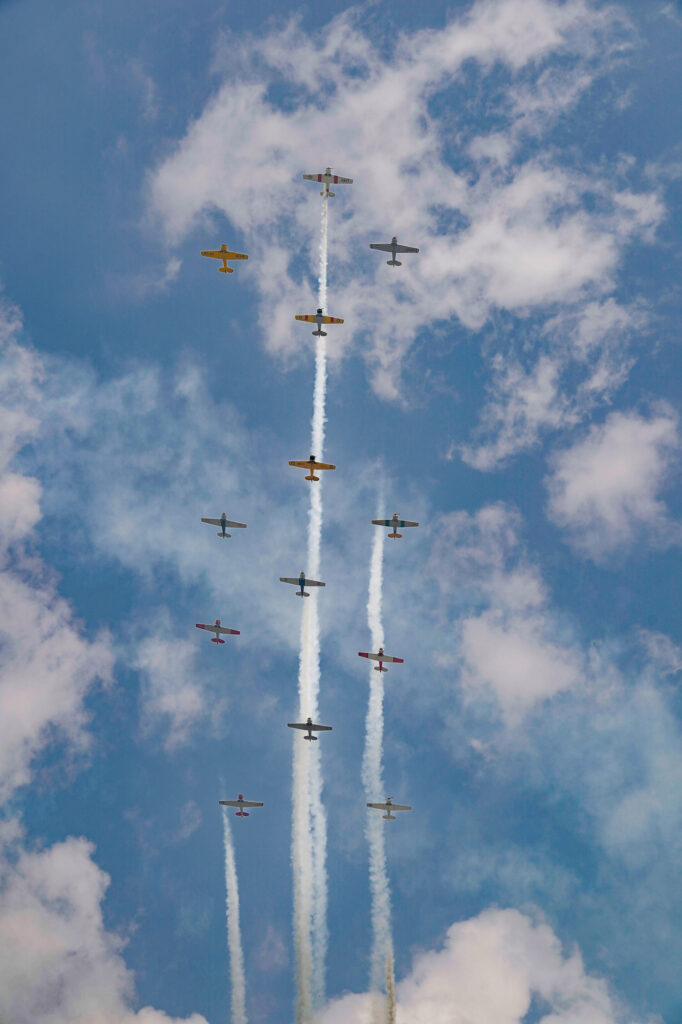
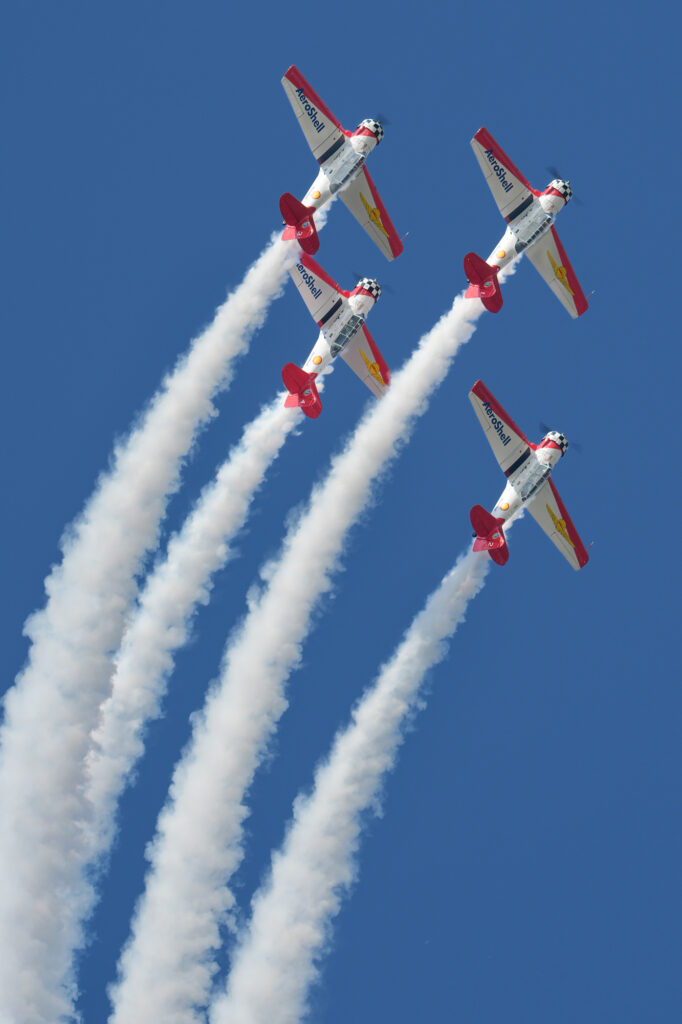
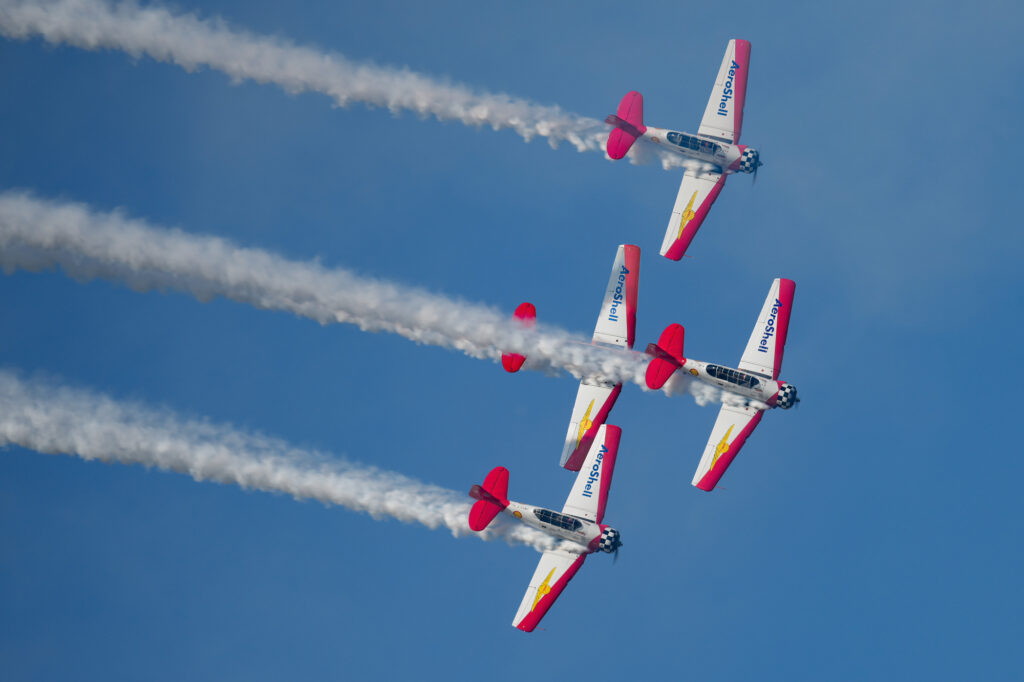
Not all interesting air show photos are in the sky, but can happen on take off and landing. It’s a great time to put your panning skills to the test, which is made easy with the 60-600’s OS2 stabilization technology. Panning T6 aircraft taking off at 1/50 of a second produced some nice background blurring. I also tried to see how slow I could hand hold when a special P-51 started up its engine. I got a very nice propeller blur at 1/15 of a second thanks to the incredible stabilization in the 60-600.
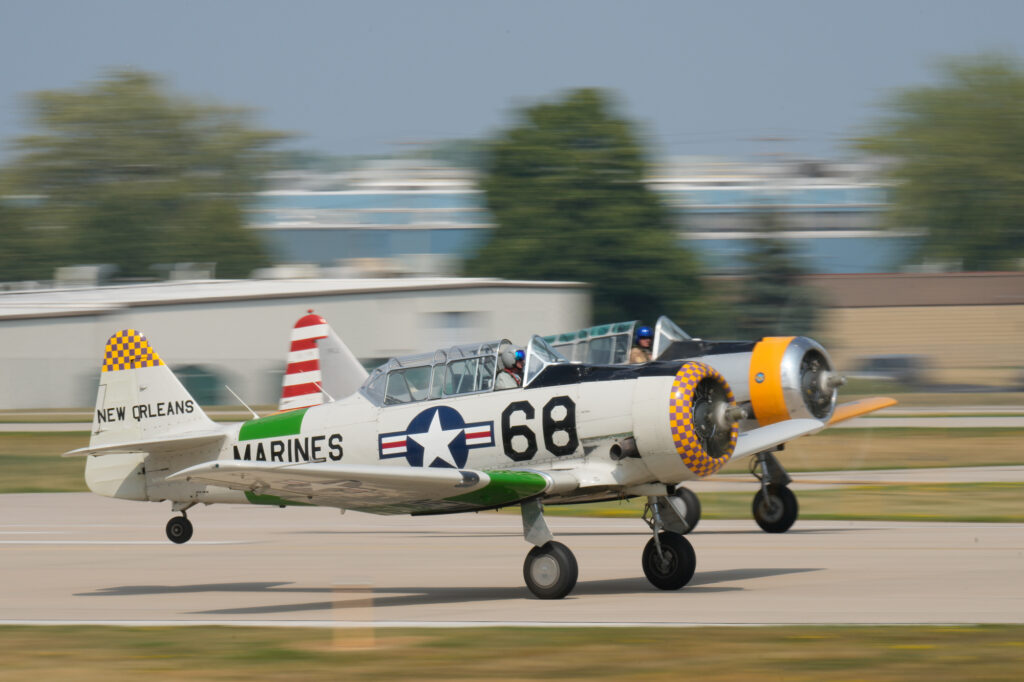
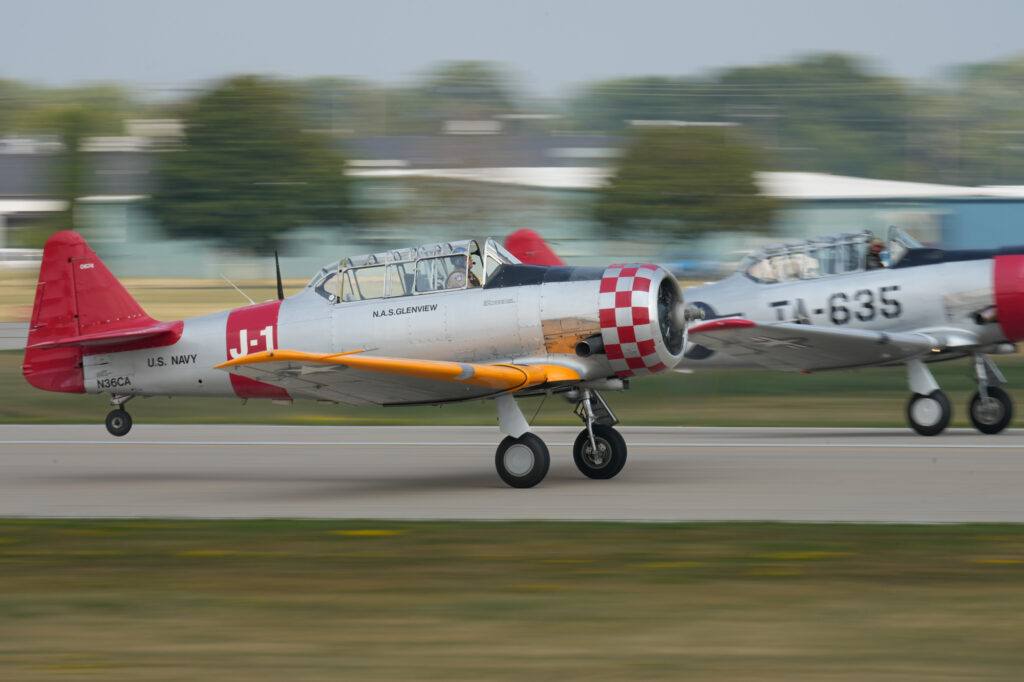
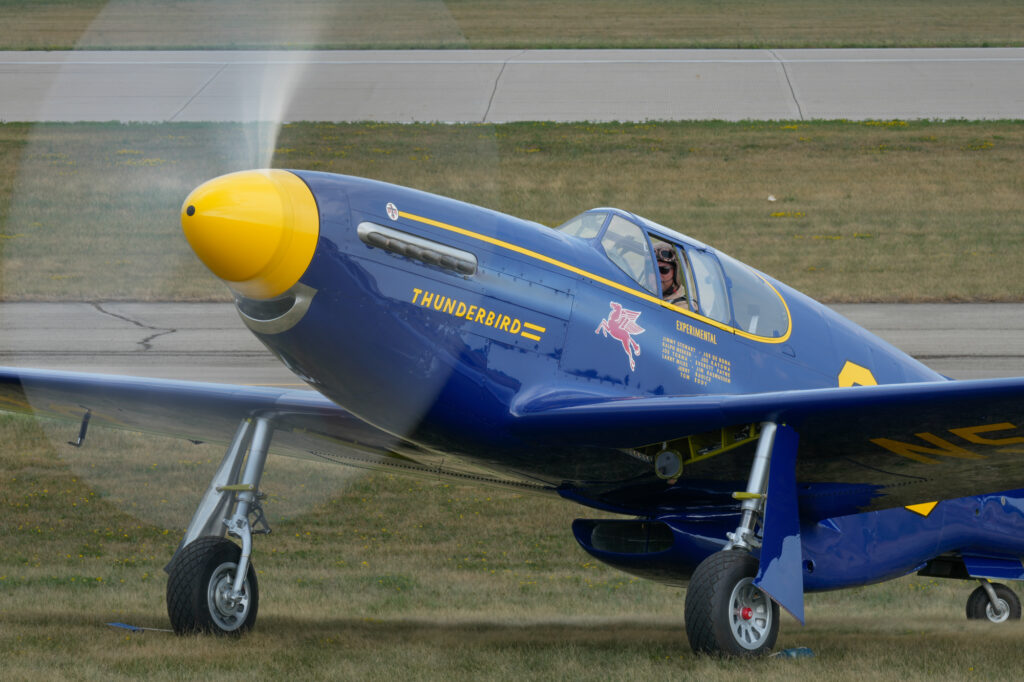
Another example of this lens’s versatility is that an air show only lasts about four hours, and most dedicated attendees will spend at least 10-12 hours there. So there are a lot of hours for you to look for other photo opportunities. Sunset for me means at least one trip to the “warbird” area to look for feature photos with warm light. After photographing the side of a P-51 Mustang, I moved in closer to capture the detail and color from the exhaust heat on the side of the plane.
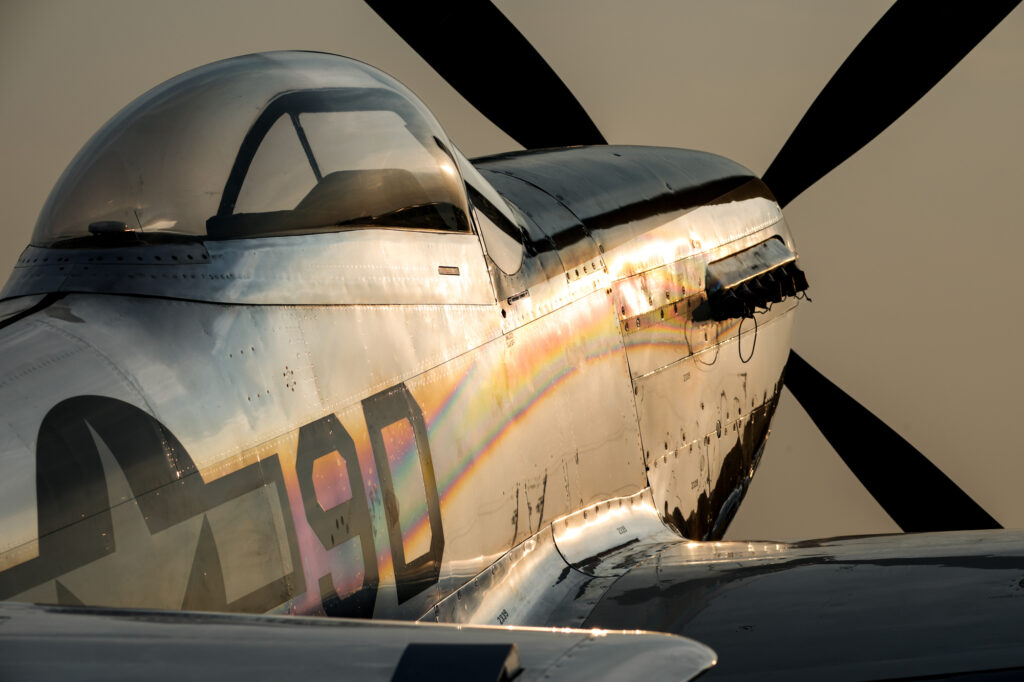
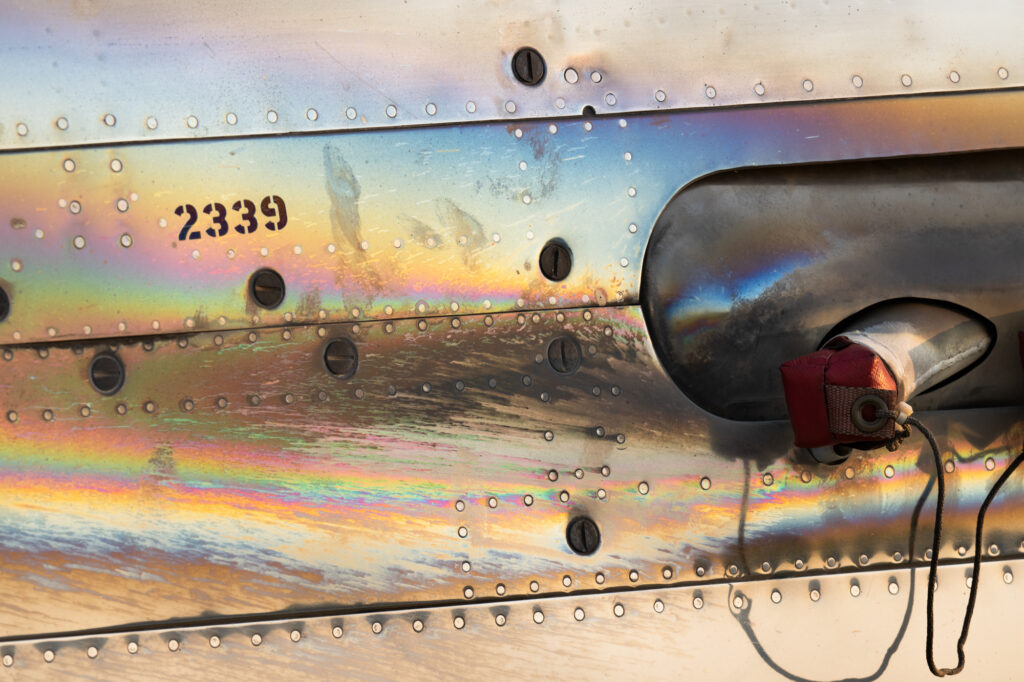
When I realized how close the 60-600mm can focus, I went looking for detail shots that would be good counterpoint to airplanes in the air. The close focus of this lens made it easy to capture something many people miss when looking at the North American T6 (see below). There is a penny wired in, which is supposed to be of the date of the last overhaul.
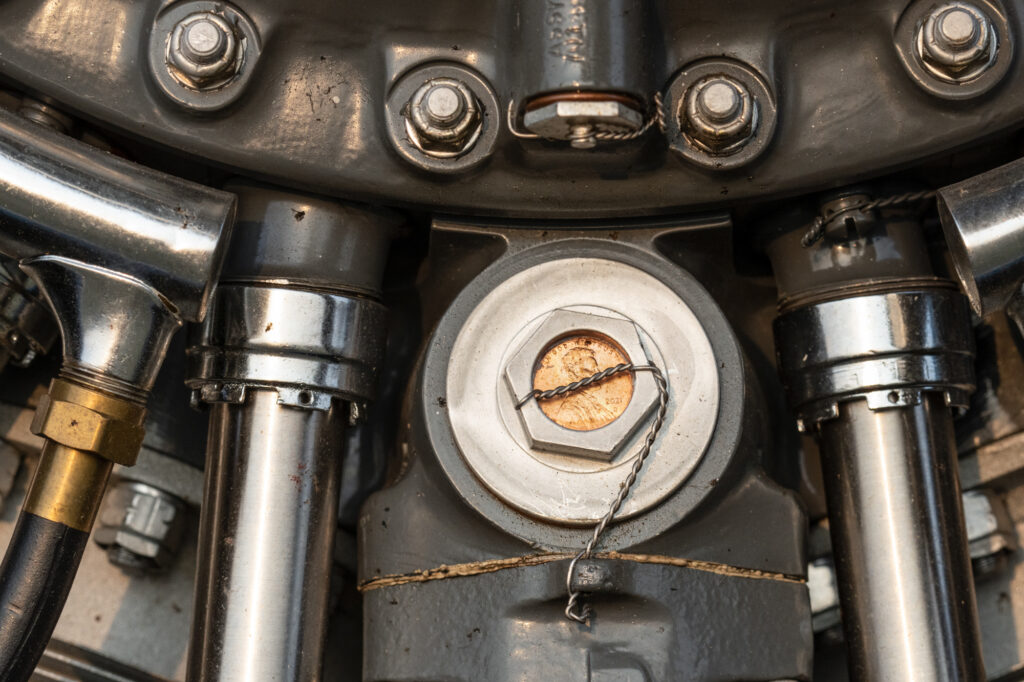
People are also great photo subjects at an air show. From pilots to spectators, to the daughter of a photographer friend of mine. I should also mention that backgrounds at an air show are also pretty busy, but it was easy to isolate Ella (below) at longer focal lengths to avoid distractions and also get a beautiful bokeh behind her.
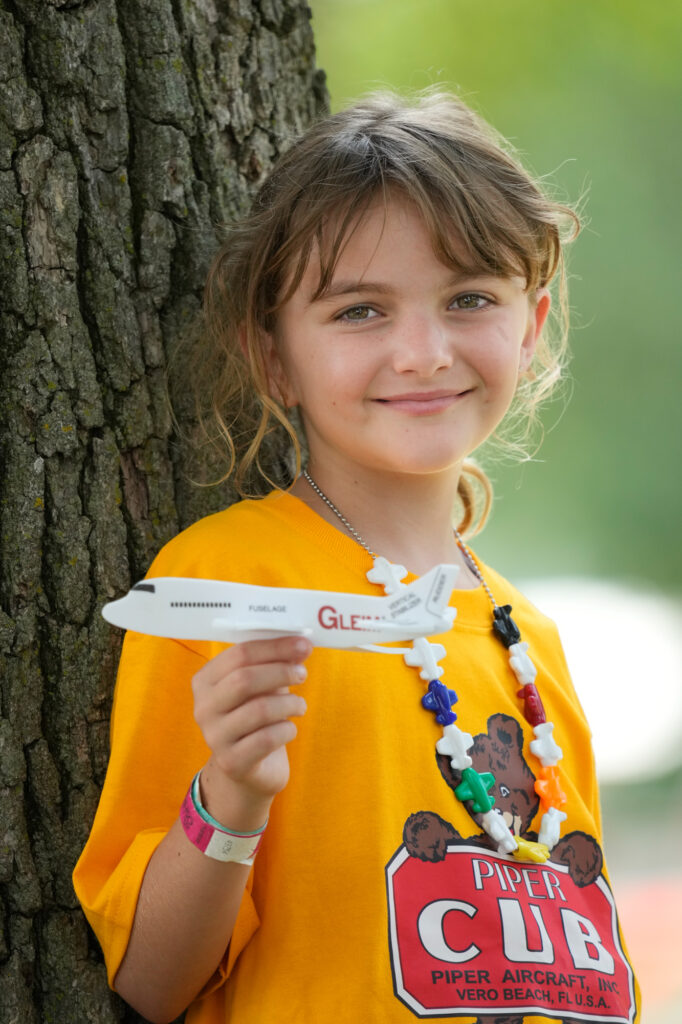
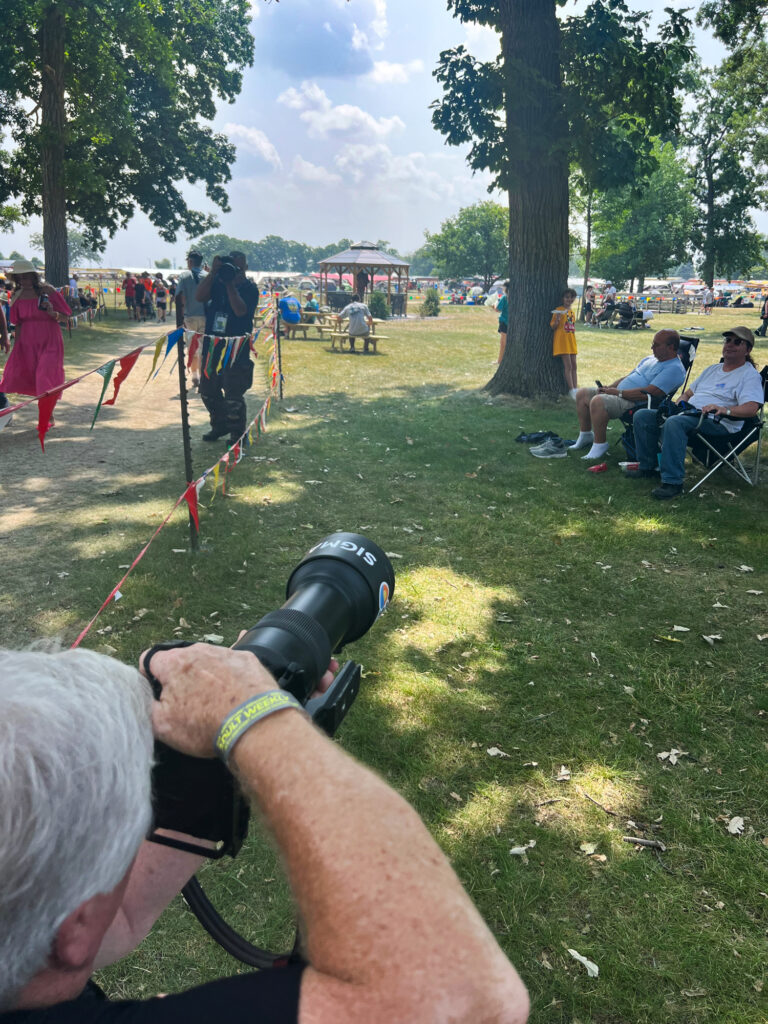
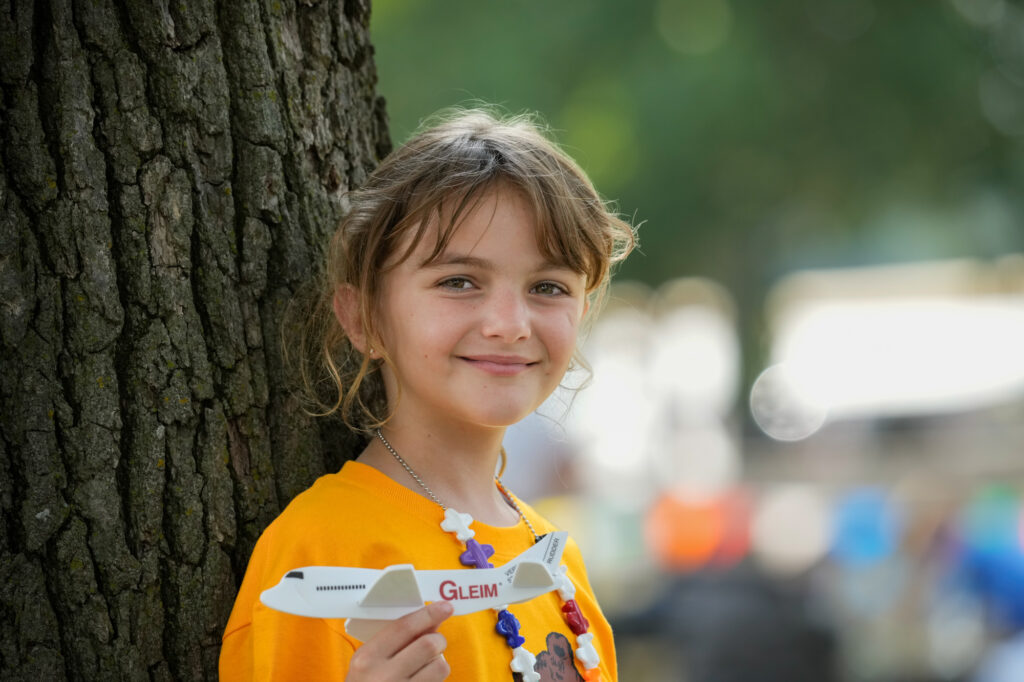
The evening air show gave me an opportunity to really put the lens to its biggest test. Could I use an F4.5-6.3 lens to shoot in dim light… or even at night? The lens is super sharp. The stabilization super great. So I chose my Sony A9 II camera because it’s good at high ISO, and as a sports shooter, I’m comfortable with a high ISO like that.
Jets in the evening light were easy with the ISO only going up to 2500. The light and clouds were fantastic as a backdrop to the F22 jets performing for the crowd.
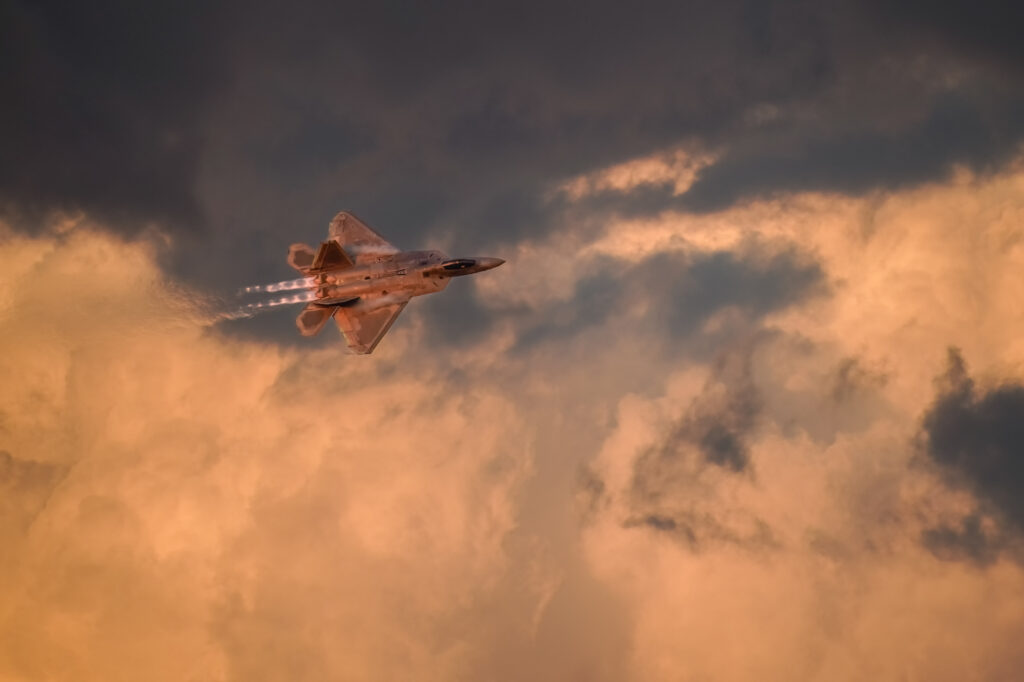
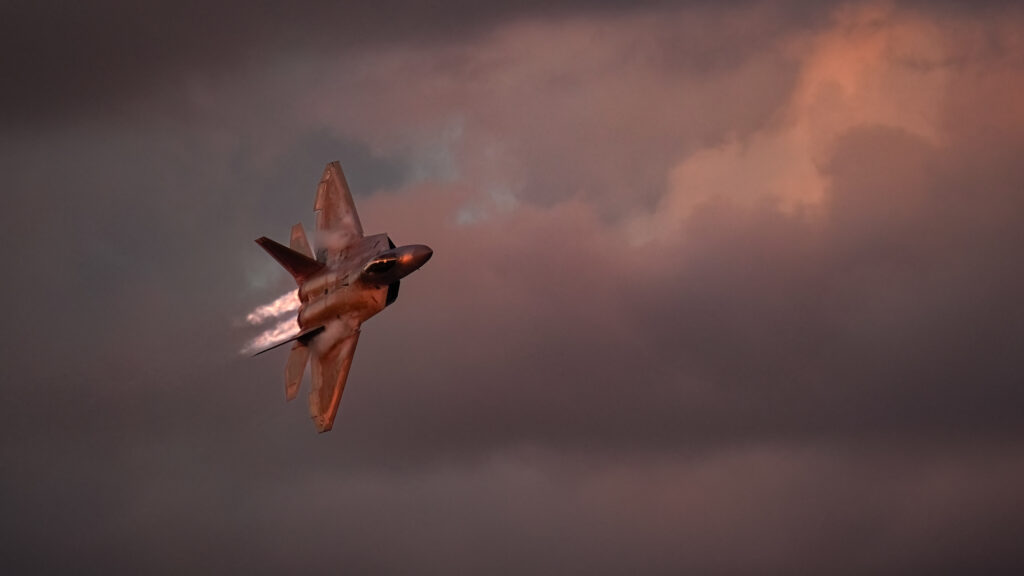
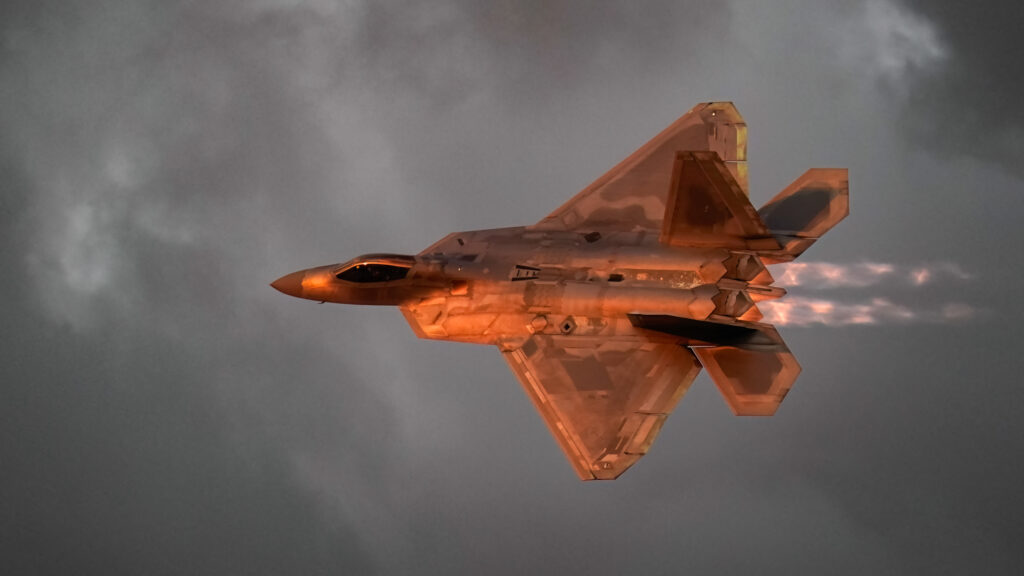
The last air show act was flying in the dark with pyro lighting the airplane. I was at ISO 12800 with a shutter speed of 1/250 second and easily captured the colorful action above me.
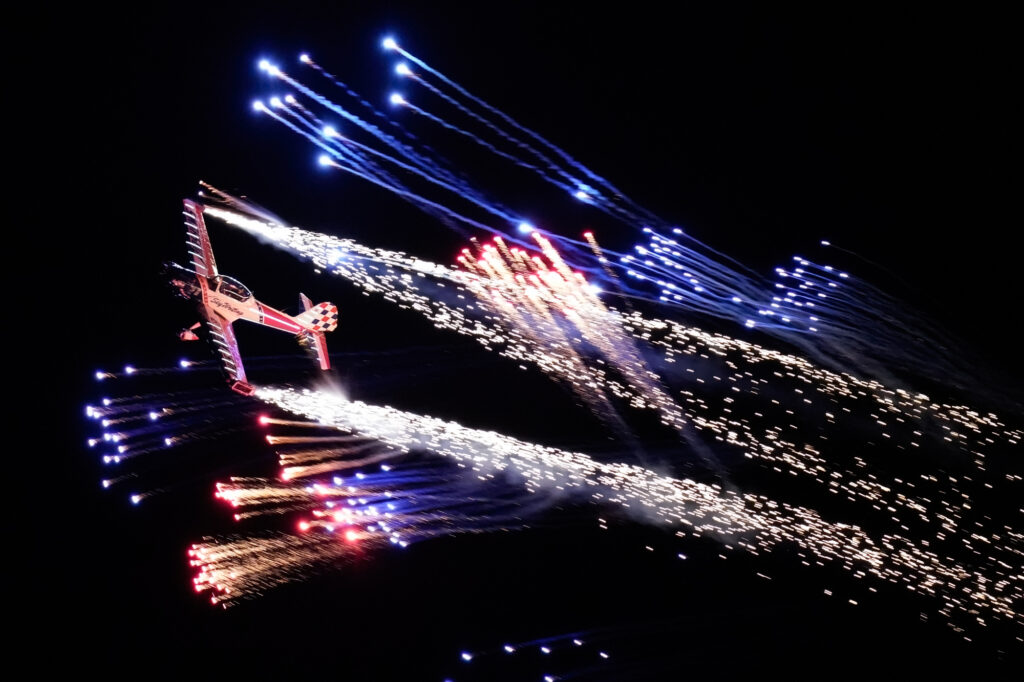

Final thoughts on the SIGMA 60-600mm F4.5-6.3 DG DN OS | Sports at EAA AirVenture
After a long week and thousands of images to edit from EAA AirVenture Oshkosh, the one constant for me was how many great photos the SIGMA 60-600mm F4.5-6.3 DG DN OS | Sports lens produced. Not just the air show, but close up details, portraits and everything in between. I loved the original DSLR version, but I love the DG DN mirrorless version even more – improved sharpness, better image stabilization, quicker focus motor. I can’t fail at delivering these images to clients, and I know I can always trust SIGMA and my 60-600mm Sports lens to deliver for me.
The latest lens for Sony & L-Mount
The legend lives on for Canon & Nikon DSLRs (or adapt to mirrorless)

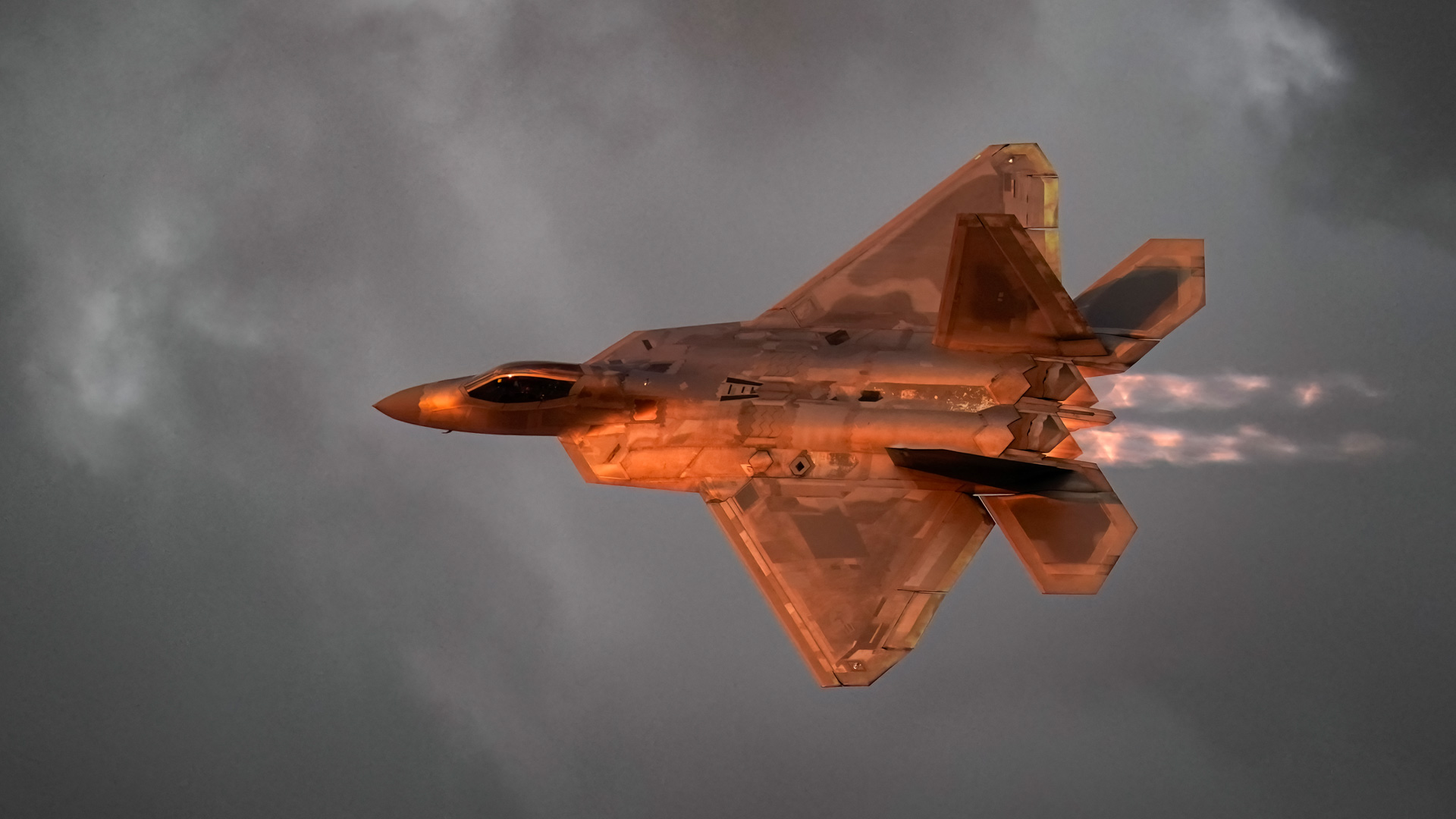
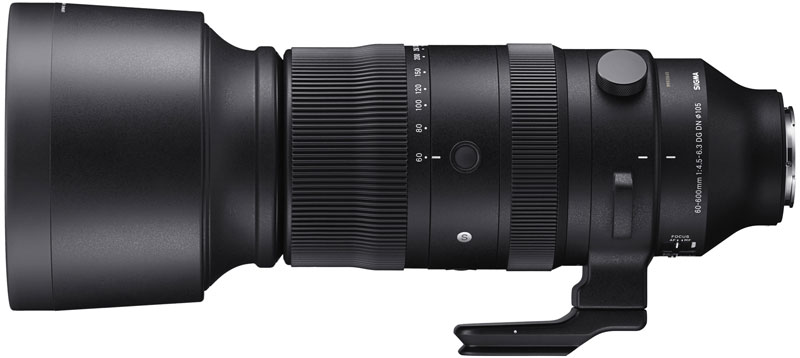

I Regret not buying the older 60-600 mm version of this lens for my APS-C camera .
When Sigma Announce a new version of this lens was being released . But not with the older Canon mount . I know it , would have been nice ! Very nice review of this new Sigma 60-600 lens !